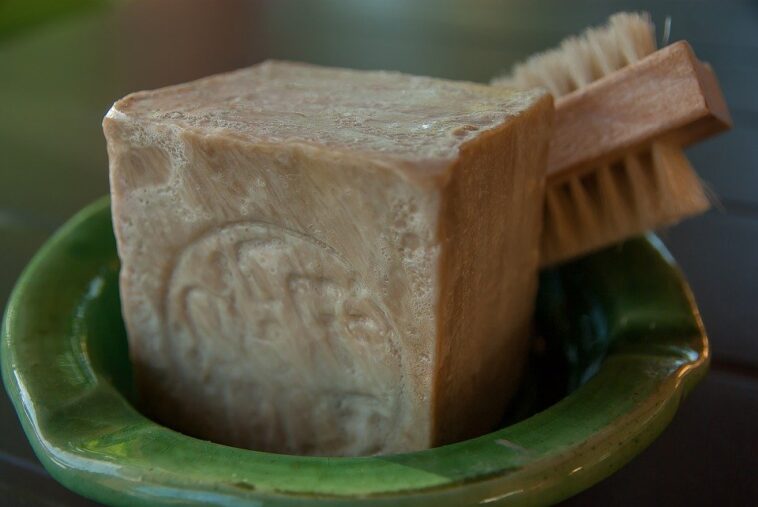More and more people are realizing the importance of making good choices when it comes to their beauty and hygiene products. It may simply be a matter of wanting to save some money in the long term or thinking about the environment, but also of moving away from the most harmful and allergenic ingredients in common products. And to bring all these elements together, you can either opt for organic products or make them yourself. If these prospects appeal to you, you will find in this article some ideas to achieve this successfully by replacing your commercial products with their eco-friendly or self-made counterpart.
1) Makeup removal
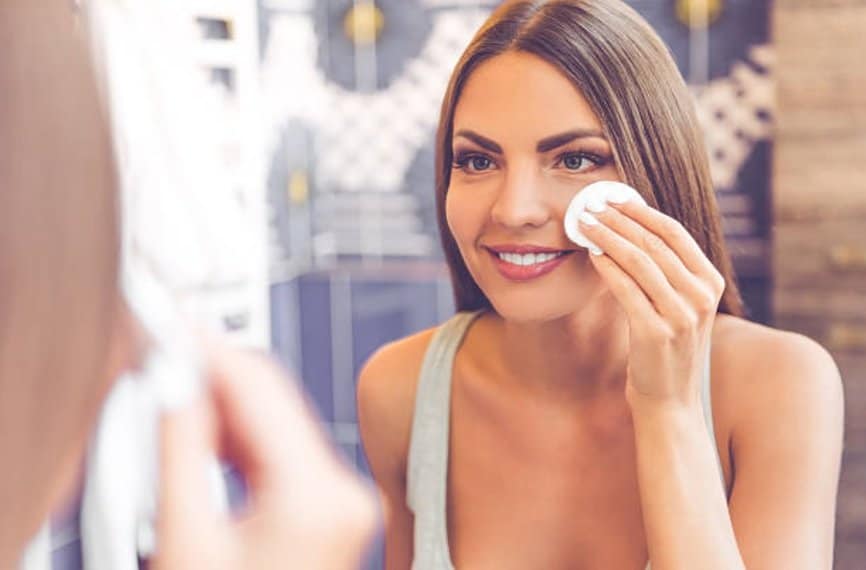
You can buy an organic product, but it would be more economical to make it yourself. We have suggested several “recipes” to you in the past and our favorite will always be the mixture of equal parts of vegetable oil carefully chosen for your skin type (sweet almond, avocado, olive, nigella, etc.) and floral water as well. adapted to your needs. If you have oily skin, consider lavender water. Combination skin prefers orange blossom water. Finally, rose water is suitable for all skin types, especially the most irritated skin. And for those who don’t want to bother with mixtures, go for coconut oil!
2) Shower gel

To be less exposed to toxic products, endocrine disruptors and elements that do not respect your skin, you can opt for a good soap that will last longer than a shower gel that everyone in the family uses and abuses. If this choice suits you, opt for a Marseille soap with olive oil (not those called like that, but which have neither the quality nor the composition), an Aleppo soap or any cold saponified organic soap.
And if you still prefer shower gel, here is a preparation that respects your skin. Dr Bronner’s magic soap exists in solid and liquid versions and can also be an interesting solution for your hygiene and household.
3) Shampoo
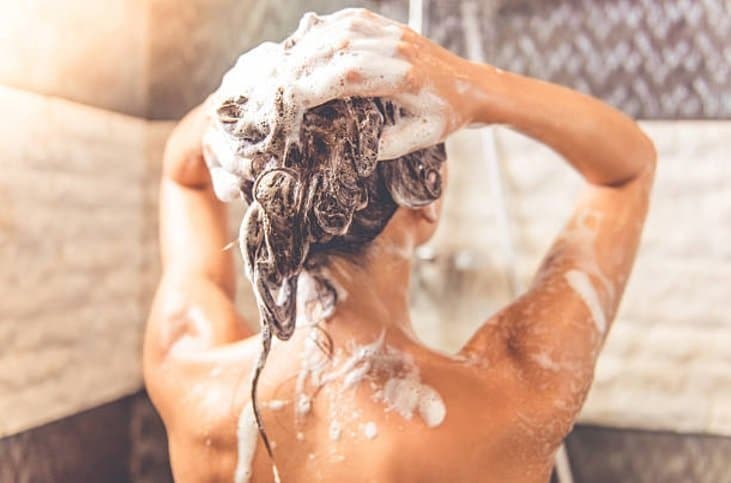
A shampoo is expected to be sulfate-free, allergen-free and endocrine disruptor-free. Organic solid shampoo is an economical alternative to ordinary shampoo. Powders are also very popular and easy to use (our article on the subject can be found right here). Finally you have the very classic honey recipe that takes care of the hair or the one that involves apple vinegar and baking soda, but these are just two examples among others if you don’t know where to start.
4) For your lips

You can definitely try making homemade lip balm for more customization and for fun, but non-deodorized organic coconut oil or organic shea butter will do just fine. You can buy a large jar to use daily and transfer a dose into a small jar to keep with you for lips that are always soft and protected.
5) Toothpaste
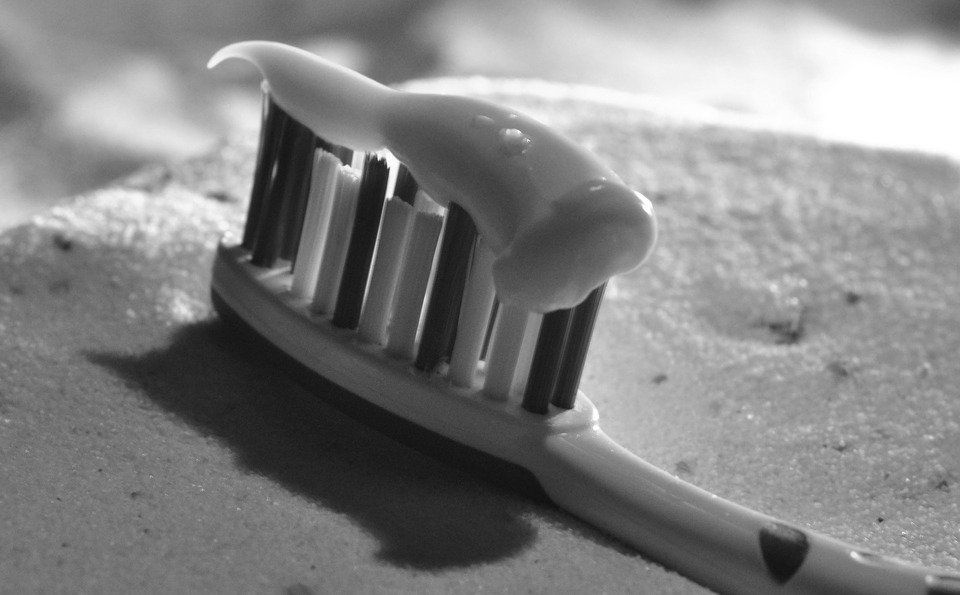
There are lots of simple preparations to make. This can involve mixing 4 tablespoons of white clay and a teaspoon of bicarbonate to which you will then add a few droplets of mint or lemon essential oil. You can also simply mix a teaspoon of baking soda with a tablespoon of coconut oil. For dental hygiene, you can also go to this article where you can read about xilytol with an effective recipe with three ingredients or this preparation of whitening toothpaste.
And to forget about mouthwash, swap your bottle for a jar of coconut oil.
6) Deodorant
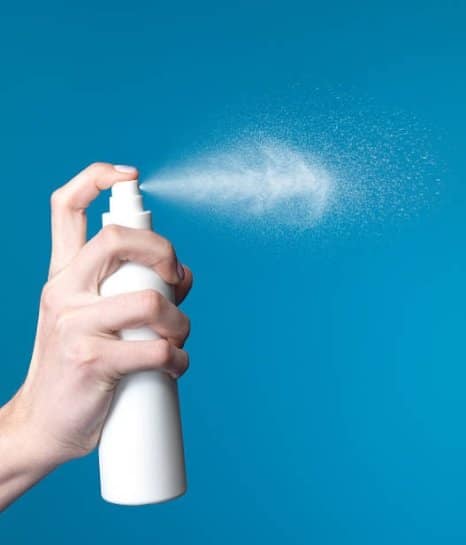
While today, even alum stone has found detractors and is not as harmless as we believe, making your own deodorant seems to be a good alternative to be sure of what is there. inside. A fairly well-known recipe consists of 50 g of coconut oil, 50 g of baking soda (anti-odor), 40 g of cornstarch (anti-humidity) and 5 drops of palmarosa essential oil and/or lavender (for the smell). We also gave you a recipe for anti-hair regrowth deodorant, a deodorant with a subtle, spring-like scent.
7) To treat acne
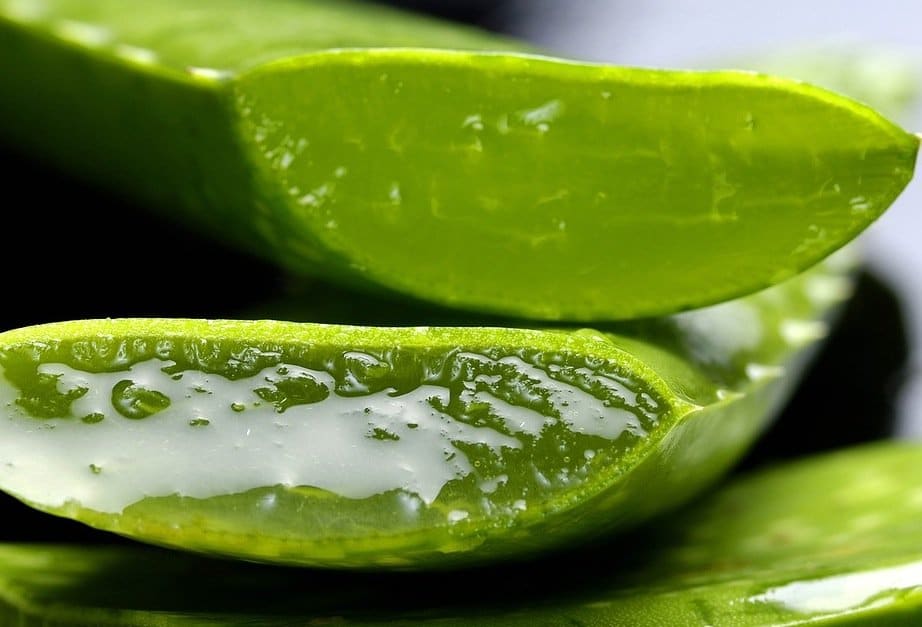
If you think that using abrasive treatments is a good solution, know that all you will do is obtain the opposite effect to what you want. You can opt for a serum to treat your pores in depth (as we explained to you here) and above all get organic aloe vera gel. This gel will have a moisturizing, soothing, antiseptic and anti-inflammatory effect and its healing properties help treat acne scars. You can apply it as a cream or more locally on inflamed spots.
8) Masks and scrubs

Here you should look according to your skin type. Not all treatments will suit you, but it’s always nice to know that you can create some with what you have at home and especially in your kitchen. To find all our scrub preparations according to body parts (lips, face, body, etc.), click here. And if you want to learn more about the masks to make, you will find several on this page. Select according to your desires and needs.
9) These good old cotton squares
They are practical, but create a lot of waste and even if it may be hard to believe, they bring their share of pesticides. We advise you to test reusable organic cottons which are most often made from organic bamboo. The advantage of this solution is that in addition to being good for the planet, it is practical with the possibility of washing it by hand or in the machine with your clothes.
10) Hygienic protections

With chlorine to whiten lambda protections, pesticides contained in cotton and all the other chemicals that we prefer not to think about, hygienic protections are far from being the best choice. The simplest alternative remains organic protection and washable organic towels which will allow you not to be disoriented. To go further, also think about the menstrual cup. Honestly, it sometimes takes a little help to insert it correctly at first (you also have to choose the right size), but once inside, you no longer feel it and you have peace of mind for a long time.
Source


